In the dense savannas of southern Africa, an extraordinary partnership exists between humans and the larger honeyguide bird (scientific name: Indicator indicator). Specifically, these birds will show local honey hunters where the honey is, and in return the hunters will give them a portion of their search results.
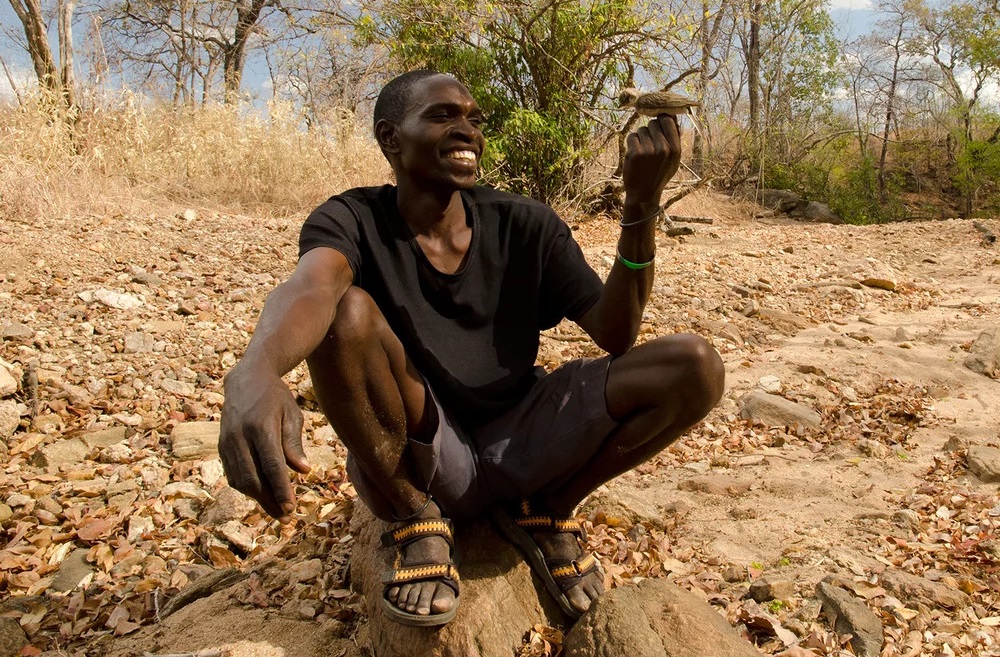
Honeyguides are one of the few bird species in the world that can eat and digest beeswax. However, the tiny birds cannot destroy wild bee hives on their own, let alone handle thousands of angry bees without being stung. Therefore, it has learned to lead people to wild bee hives, as they can treat the bees with smoke and harvest honey. This cooperation is beneficial to both parties: humans are more likely to find beehives when given directions by these birds, and after collecting honey, the small birds will have wax and bee larvae as a gift. navigation fee.
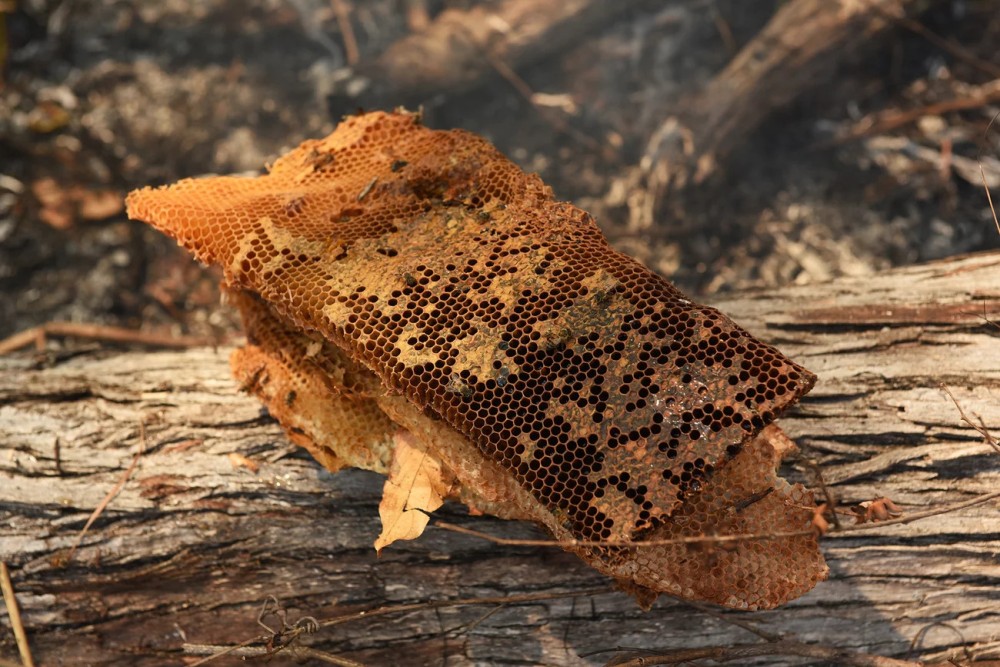
It’s a perfect partnership: while the birds usually know the location of many nests within their territory, they can’t directly access the food source. On the other hand, humans are less likely to find a hive on their own, but they have the right tools and skills to harvest these hives.
Even better, these birds and honey hunters can communicate with each other. Usually, these birds will approach humans with a loud call, which sounds like “tirr-tirr-tirr-tirr”, to attract their attention. It then flies from tree to tree to point the hunters toward the hive. To keep the bird more focused on leading the way, hunters often whistle, talk and bang their calls until they find the wild beehive.
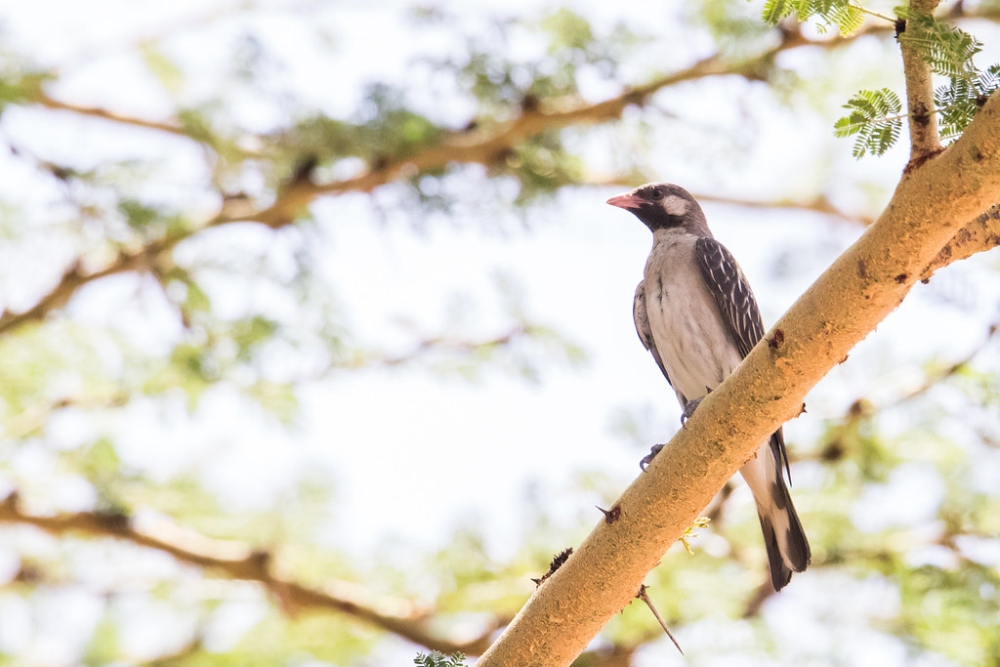
To be more proactive in searching for honey, humans have also developed a signal about when they are ready to hunt. Claire Spottiswoode, a zoologist at the University of Cambridge, has long been interested in the relationship between these birds and humans. While studying birds in the Yao community in Mozambique, she discovered that they could also attract birds by making loud “brrrr-hm” calls. It is a very specific hunting tradition of the Yao people, one that has been passed down for generations.
Spottiswoode discovered that birds recognize and respond to this “brrr-hm” call. To measure this, she recorded two other “calls”; one is a signal emitted by the Yao hunters, and the other is the call of another bird. She then broadcasts the recordings throughout the honeyguides’ territory. The results were clear: honeyguides were more likely to respond to the traditional “brrr-hm” call, and this signal also increased the likelihood of being guided by a honeyguide from 33% to 66%, and with each such hunt, the success rate is usually 75% under the guidance of a bird.
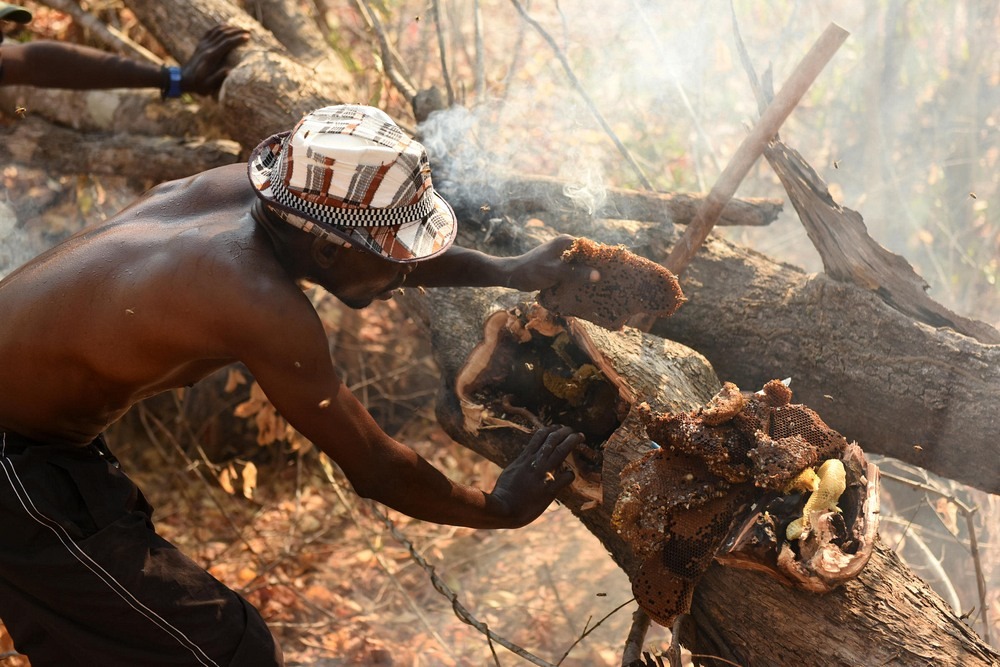
The relationship between this bird and humans was first noted in 1588, when a small bird pecking at a candlestick in a church attracted the attention of a Portuguese missionary based in Sofala, Mozambique.
He wrote that the curious bird showed people the way to the honeycomb. Thereafter, recorded encounters with birds continued to appear throughout the centuries. However, most of these records did not create much interest in the interactions between humans and honeyguides, because the scientific community at that time believed that these were just local legends of African aborigines. .
But all that changed in the 1980s, when Hussein Isack, a Kenyan honey hunter, and Heinz Ulrich Reyer, a German zoologist, followed Boran honey hunters for about 3 years. Through this field work, they were able to confirm that this human-bird collaboration was true: the birds actually communicated and interacted with the honey hunters.
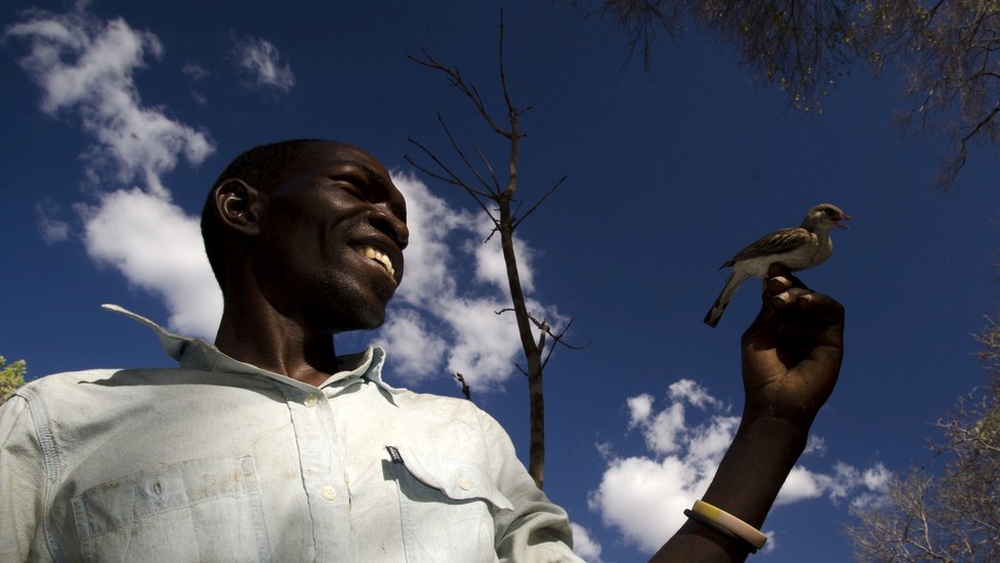
Although the first Western encounters date back to the 16th century, experts believe this unique partnership has a much longer history and probably evolved over hundreds of thousands of years . Since this free-living wild bird is in fact undomesticated and has never received any training from humans, this relationship may have been formed through a process of natural selection. course.
Traditional honey hunting that relies on cooperation with these birds is in fact becoming less popular as many villages have turned to raising bee hives instead of foraging in the wild. This has even caused the “flying guides” to stop their guiding behavior due to the lack of reaction from the honey hunters.
However, in the Niassa National Reserve, this hunting tradition continues to thrive among the Yao people, a rare people who still maintain the tradition and respect the cooperation between humans and animals.





